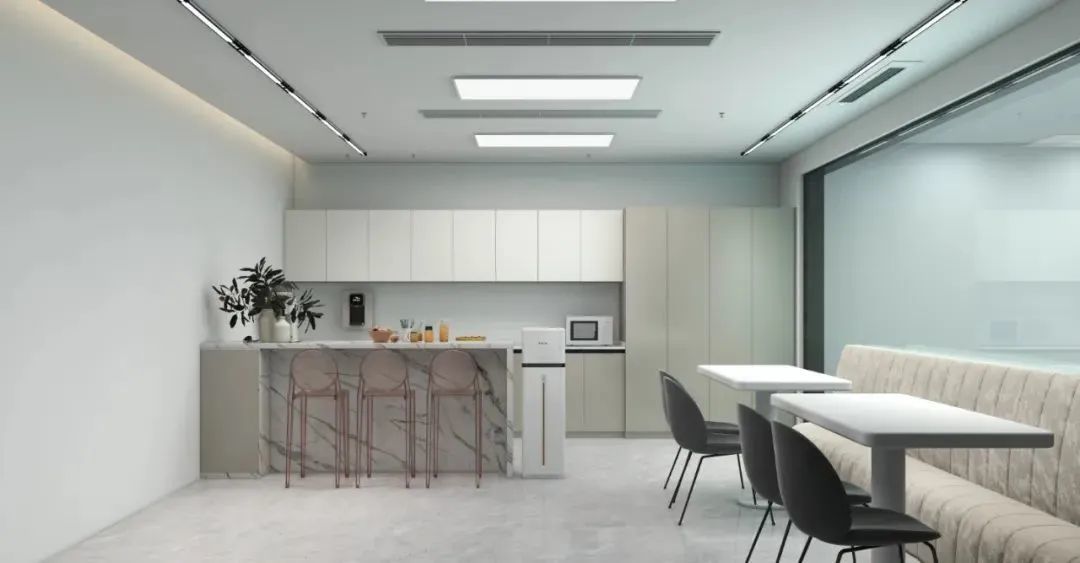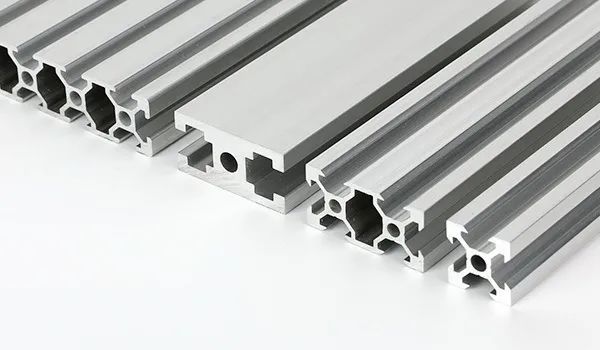The main characteristics of aluminum
Release time:
2015-01-16
1. Light weight: The density of aluminum is only 2.7g/cm3, which is about 1/3 of the density of steel and copper (7.83g/cm3 and 8.93g/cm3 respectively). 2, corrosion resistance: In most environmental conditions, including in air, water (or salt water) and many chemical systems, aluminum can show excellent corrosion resistance. 3. Decoration: The surface of aluminum is highly reflective. Radiant energy, visible light, radiant heat and electric waves can be effectively reflected by aluminum, while the surface of silver anodic oxidation and dark anodic oxidation can be reflective or absorptive. The polished aluminum has excellent reflectivity in a wide wavelength range, so it has various decorative purposes and uses with reflective functionality. Conductive: Aluminum is often chosen because of its excellent conductivity. On the basis of equal weight, the conductivity of aluminum is nearly twice that of copper. 5. Thermal conductivity: The thermal conductivity of aluminum alloy is about 50-60% of copper, which is beneficial to the manufacture of heat exchangers, evaporators, heating appliances, cooking utensils, and automobile cylinder heads and radiators. Non-magnetic: This is an important feature for the electrical and electronics industries. 7. Workability: The workability of aluminum is excellent. In various wrought aluminum alloys and cast aluminum alloys, and in various states that these alloys have after being produced, the processing characteristics vary considerably. Formability: This is one of the more important characteristics of aluminum and many aluminum alloys. The specific tensile strength, yield strength, ductility and corresponding work hardening rate determine the formability of aluminum. 9, recyclability: aluminum has a very high recyclability, the characteristics of recycled aluminum and primary aluminum is almost no different, and the cost of recycling is low. This is particularly important in today's environment. Forgability: Aluminum alloy can be forged into a wide variety of shapes and forgings, and the selection range of their final parts forging design standards (based on the intended use) is very wide. Joining The aluminum may be joined by a variety of methods including fusion welding, resistance welding, brazing, soldering, bonding, and mechanical methods such as riveting and bolting. 11. Other characteristics: non-toxic, non-burning...
3, decoration: aluminum surface is highly reflective. Radiant energy, visible light, radiant heat and electric waves can be effectively reflected by aluminum, while the surface of silver anodic oxidation and dark anodic oxidation can be reflective or absorptive. The polished aluminum has excellent reflectivity in a wide wavelength range, so it has various decorative purposes and uses with reflective functionality.
4, conductive: aluminum is often chosen because of its excellent conductivity. On the basis of equal weight, the conductivity of aluminum is nearly twice that of copper.
5. Thermal conductivity: The thermal conductivity of aluminum alloy is about 50-60% of that of copper, which is beneficial to the manufacture of heat exchangers, evaporators, heating appliances, cooking utensils, and automobile cylinder heads and radiators.
6. Non-magnetic: This is an important feature for the electrical and electronics industries.
7, machinability: the machinability of aluminum is excellent. In various wrought aluminum alloys and cast aluminum alloys, and in various states that these alloys have after being produced, the processing characteristics vary considerably.
8. Formability: This is one of the more important characteristics of aluminum and many aluminum alloys. The specific tensile strength, yield strength, ductility and corresponding work hardening rate determine the formability of aluminum.
9, recyclability: aluminum has a very high recyclability, the characteristics of recycled aluminum and primary aluminum is almost no different, and the cost of recycling is low. This is particularly important in today's environment.
10, Forgeability: Aluminum alloy can be forged into a wide variety of shapes and forgings, and the selection range of forging design standards for their final parts (based on the intended use) is very wide. Joining The aluminum may be joined by a variety of methods including fusion welding, resistance welding, brazing, soldering, bonding, and mechanical methods such as riveting and bolting.
11, other characteristics: non-toxic, non-burning...
Contact Information
Customer Service Tel: +86-539-7177878
Mailbox: kemet@sdkemet.com
Zip Code: 273400
Address: Linyi City, Shandong Province
Copyright©2023 Kemet New Materials Technology Co., Ltd. All Rights Reserved





